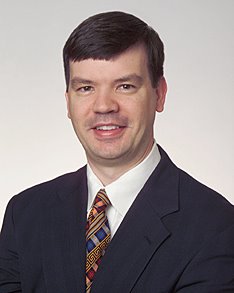With my recent frustration with the politics of wikipedia and Silicone Breast Implants I thought I'd just highlight the many large studies and International Government Panels which have weighed in on this topic. You don't have to be fluent in reading medical literature to understand the general consensus at this point on the relationship of Silicone Gel implants and autoimmune disease. There
are, to be fair, some competing studies which are smaller then these which have in fact suggested some problems. The problem is that they are usually smaller, plagued by selection bias (ie. patients self-reporting problems in
unselected patients tend to inflate reported connection, while studies with preferred unselected/randomized groups have consistently failed to corroborate this), and have not been easily reproduced.
1991-1994
United Kingdom Independent Expert Advisory Group (IEAG) In April, 1992, the IEAG concluded that there was no evidence of an increased risk of connective tissue disease in patients who had undergone silicone gel breast implantation and that there was no scientific case for changing practice or policy in the UK in respect of breast implantation
1996
US Review US Institute of Medicine (IOM) Not "sufficient evidence for an association of silicone gel- or saline-filled breast implants with defined connective tissue disease".
1996
France Agence Nationale pour le Developpement de l'Evaluation Medicale (ANDEM) "Nous navons pas observà de connectivite ni dÂautre pathologie auto-immune susceptible d'tre directement ou indirectement induite par la presence d'un implant mammaire en particulier en gel de silicone..." (We did not observe connective tissue diseases to be directly or indirectly associated with (in particular) silicone gel breast implants)
ANDEM report 2000
US Review request of the United States Federal Judiciary "no evidence of an association between...silicone-gel-filled breast implants specifically, and any of the individual CTDs, all definite CTDs combined, or other autoimmune or rheumatic conditions."
2001
Great Britain UK Independent Review Group "there is no evidence of an association with an abnormal immune response or typical or atypical connective tissue diseases or syndromes"
UK-IRG report2001
US Review for court appointed National Science Panel. The panel evaluated both established and undifferentiated connective tissue diseases and concluded that there was no evidence of an association between breast implants and these CTDs.
2001
Australia Retrospective cohort (458 vs other plastic surgery) For diseases that occurred after surgery, there was no difference between the two groups in the incidence in reporting of any CTD, systemic sclerosis, SLE, or rheumatoid arthritis.
2001
Sweden Retrospective cohort (2376 vs 3470 breast reduction) There was no identifiable cluster of symptoms indicative of a specific atypical CTD, nor was there a specific pattern of inflammatory rheumatic disorders or soft-tissue complaints among women with breast implants.
2003 (update)
Spain STOA Report to the European Parliament Petitions Committee, 2000 Regarding new scientific evidence, the currently available information shows that there is not solid evidence linking SBI to severe diseases (such as breast cancer or connective tissue diseases).
STOA report2004
Danish Followu19 years19years (190 vs 186 breast reduction & 149 controls) Self-reported CTDs overall, including rheumatoid arthritis, scleroderma, SLE, Sjogren's disease, polymyositis, and dermatomyositis, were not found in excess among women with implants compared with either control group.
2004
Danish Followup (2761 vs breast reduction & general population)Found no differences between the implant and breast reduction surgery cohorts in the incidence of any CTD. No excess was observed either in for all definite CTDs combined, nor any of the individual CTDs whiched whicg included rheumatoid arthritis, systemic sclerosis, SLE and Sjogren's syndrome. Interestingly, the occurrence of mild, moderate, and severe musculoskeletal symptoms was generally lower among women with implants compared with women with other cosmetic surgery and women in the general population.








